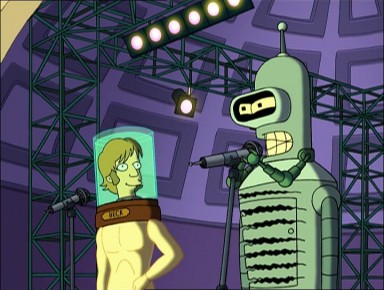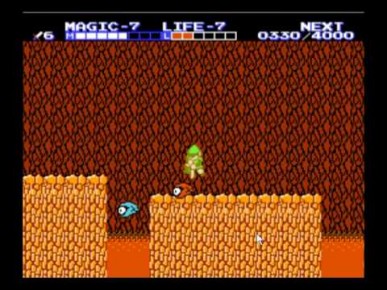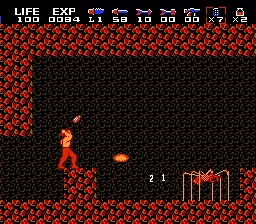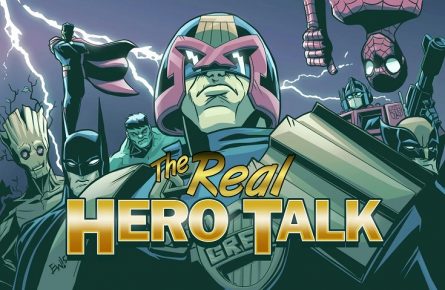Behind the Line: Video Game Preservation

Last week I talked about the surprisingly long life span of the Sega Master System, and mentioned the topic of video game preservation. Video game preservation efforts are growing, but this isn’t as simple as preserving a book, song, movie, painting, or most any other piece of media.
Why should we care about preserving games?
This is at once a very valid, and yet a very depressing question. I can offer multiple answers to this.
First – There are many games that are old, but still quite excellent. Ms. PAC-MAN/Galaga combination arcade machines are still fairly common, and even cost $0.50 to play in a lot of places. This must still be popular enough, because nostalgia alone won’t support that price point. For such games to remain commercially viable for nearly 35 years should be a strong indicator that age is absolutely NOT a determining factor in the quality, or even the perception of a game. Many old games are simply still very fun to play.
Second – Creative ideas aren’t limited to current indy games. The industry began not that long ago, and at first there was a lot of experimenting to try to figure out what can be done with this new medium. There were a number of odd ideas that came out while the language of video game play was being developed, as well as other new and interesting ideas along the way. Sometimes a new piece of technology made a new style of game possible, and had good ideas in it, maybe even was popular, maybe even considered a classic, but no other games of that type were ever so successful. Dragon’s Lair and Space Ace are examples of this. They are fondly remembered, but are nearly the only representatives of that genre.
Third – A lot of technical wizardry came in those old works. The tendency for video games has always been to make things bigger, more complex, and therefore more engaging to the user. This could be done with size, speed, art, or anything else, really, but it will always come up against the limits of the hardware that the game is using. Many fascinating tricks were utilized to improve things, and those tricks deserve to be remembered. Not only because they were significant at the time, but also because there may come a time when it will come up again.
Fourth – Retro games are popular in and of themselves. I don’t mean the original classics, but rather games with an old school feel. A number of people prefer simplistic pixel art. Games like Shovel Knight are well liked. Retro City Rampage has even had work to take it from a game that is reminiscent of NES games to put in a form that a NES system could legitimately run.
Fifth – Perhaps most significantly, there’s a lot of value in being able to trace the lineage of certain design ideas both for understanding design, but also for cultural insights. Other media have rich tapestries of history, influence, and development. Filmmakers like Stanley Kubrick, Akira Kirosawa, or Orson Wells left massive waves as they redefined storytelling in the visual medium of movies. Then there’s a musician like Beck, who clearly had a profound influence on Bender.

After hearing beck, he also wanted to be a musician-poet who transcends genres even as he re-invents them
Games are developing a similar tapestry. Where do FPS games end, and “walking simulators” begin? What was the first? What do we credit with being the first platformer? What are the design origins of free to play? These are just a few big examples, but there are a lot of little details of tuning, balance, and mechanic that take inspiration from each other, and influence others… There are almost certainly ideas out there that need to be remembered and revisited in the future, in some new configuration, with some new technology.

Zelda 2 with Link demonstrating his patented Down Thust technique. Not relevant to this topic, but so bad ass it was retained in other games while Nintendo seems to try to ignore this one.

Rambo fighting something that looks like an enemy from Zelda 2. Some UI elements look very similar to the Zelda 2 elements.
Games also obviously influence each other. Sometimes this can be good, sometimes it can be bad, but it is worth recognizing. Some action games include RPG style level up systems. This can enrich the experience. Some games have free to play mechanics inappropriately inserted into them which can break immersion. Personally I find it fascinating to examine the similarities between Zelda 2 and Rambo on the NES. Check out these screens for some simple similarities. Rambo also had a short range shot with his knife like Link’s in Zelda.
This can even be applied within a series, too. Take Street Fighter for an example. What tweaks were made between each iteration? How did the first game play and feel compared to Street Fighter 2? How did the character rosters change? What mechanics were added, or removed? How did the art change? How was Alpha different, and why? What did parries do to change the game in 3? How did the differences in managing the super meter affect 4? If we want to get really in depth, what did each patch and update do to the game? It might look like nitpicking, but there are portions of games that patches change completely, and it makes me a bit uneasy to think that these updates will cause the original versions to be lost forever.
On top of all of that, there’s a lot of broader information to be taken from games. Video games are, just like everything else, products of their time. Missile Command was made when the threat of nuclear war was very real. That game was much more immediate and personal than people might see it now. People today are concerned about North Korea, and from that atmosphere came Homefront, where North Korea was occupying North America. Other games impact society around them.
Books, painting, sculpture, music, film, video games… all of these art forms impact each other, inspire each other, shape each other, and reflect the concerns of the people who made them, which are in turn influence by the concerns of the other people around them. Ignoring one of those is a disservice to the others, and to cultural understanding overall.








Leave a Reply